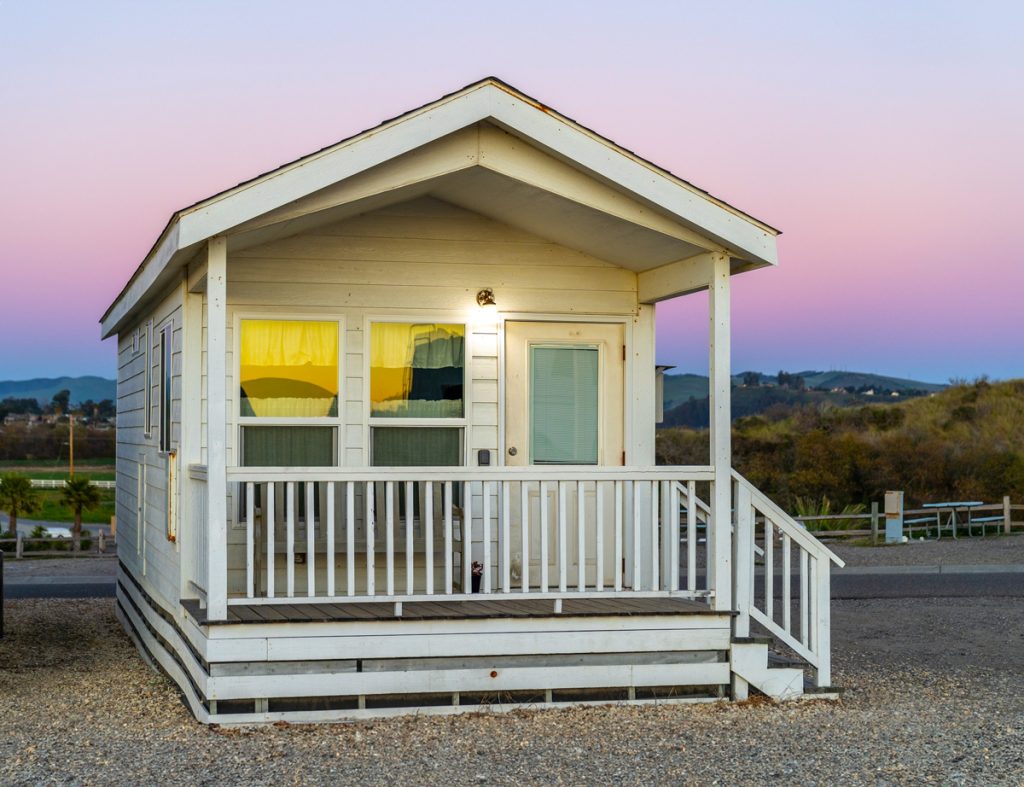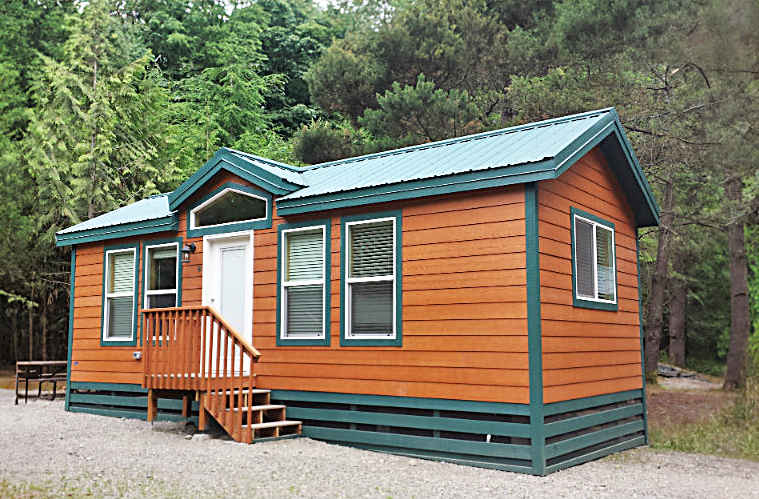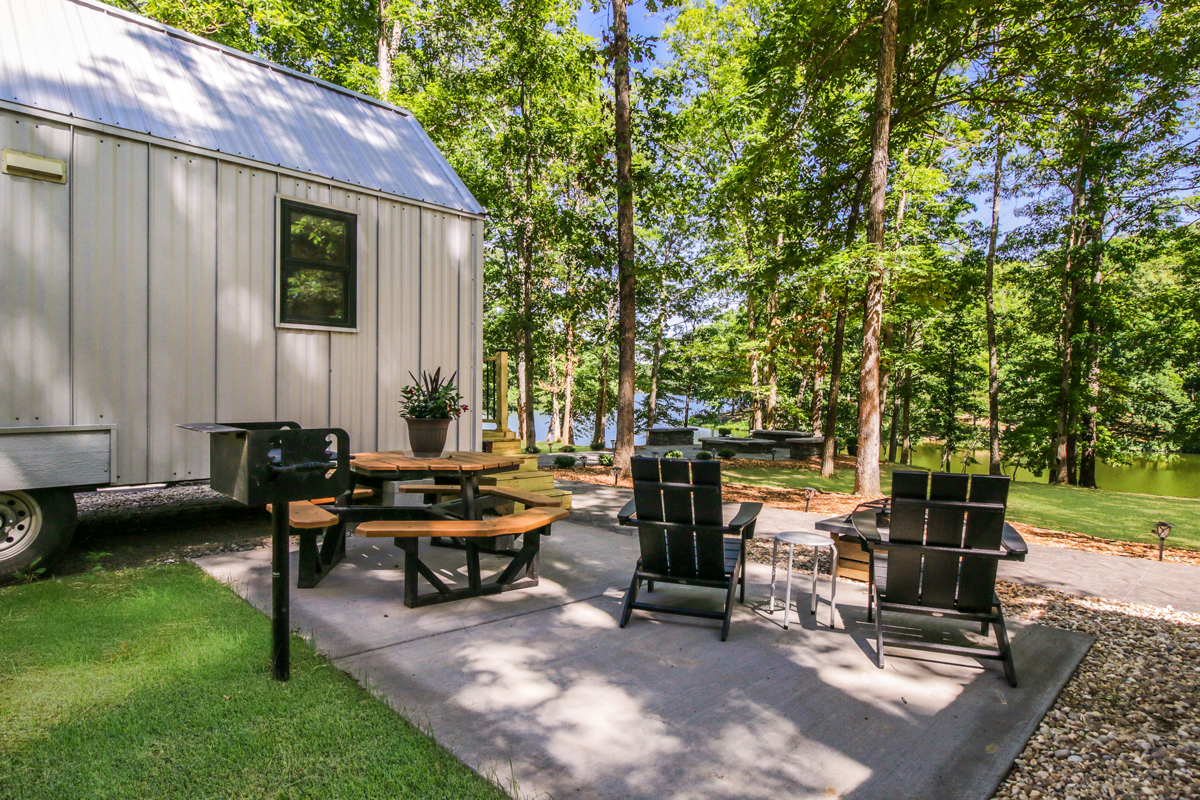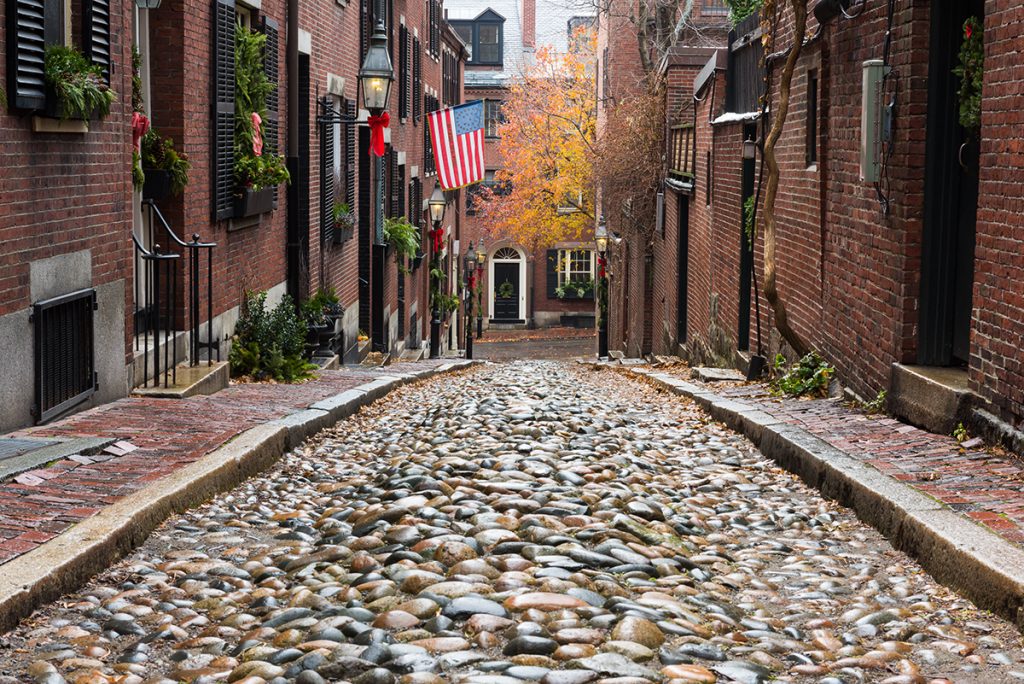Black History Month, celebrated every February, evolved from Negro History Week, which was first observed in February 1926. It was created to recognize the triumphs and tribulations to the African American community throughout US history. There are many ways to support Black History Month from supporting Black owned businesses reading books by Black authors and learning about their history in our country. Here are some spots to check out as you travel:
The National Museum of African American Music in Nashville, which is considered the first and only museum of its kind, is one place to honor and celebrate the contributions of the African American community to our country’s music history. The amazing exhibits include Wade in the Water, which features the history of African American religious music from 1600 to present day and Crossroads, which examines how blues music came to be and how it influenced musical history. Plan your visit at https://www.nmaam.org/.
Nearest glamping location is the Natchez Trace Tiny House Village.
San Francisco’s Museum of the African Diaspora (MoAD) is another location that celebrates Black culture through its contemporary art collection. MoAD’s Education Lab is a great place to get super creative through the multitude of materials available here. A special exhibit entitled “Love + Basketball” will run February 5 to March 2. Learn more about the exhibit at https://www.moadsf.org/.

Nearest glamping location is Pacific Dunes Ranch.
One of the most influential Black musicians in the history of rock and roll was Jimi Hendrix, a Seattle native, who has a special exhibit at Seattle’s Museum of Pop Culture (https://www.mopop.org/). The exhibit, entitled “Wild Blue Angel: Hendrix Abroad, 1966-70”, features rare interview clips and artifacts pertaining to Hendrix, who is widely considered the greatest guitarist in the history of popular music.

Nearest glamping location is Tall Chief Campground.
St. Augustine, Florida has two sites to recognize the contributions of African Americans to our history and those include Fort Mose Historic State Park (https://www.floridastateparks.org/parks-and-trails/fort-mose-historic-state-park) which is the site of the first legally sanctioned free African settlement in the country and Lincolnville, https://www.visitstaugustine.com/thing-to-do/lincolnville-neighborhood, which is St. Augustine’s historic African-American district featuring beautiful Victorian homes.
Nearest glamping location is Encore Bulow.
The Buffalo Soldiers National Museum, https://buffalosoldiersmuseum.org/, located in Houston, celebrates the history of the African Americans who proudly served in every American war, who were called Buffalo Soldiers due to their “combat prowess, bravery and tenaciousness.” Through several exhibits and plenty of artifacts, the story of these men, and women, who fought for the US is depicted. For information, visit buffalosoldiersmuseum.org.

Nearest glamping locations are Thousand Trails Lake Conroe or Lake Conroe/Houston North KOA Holiday.
Read More:
- Headed to Sedona? Be sure to check off these 5 activities during your stay
- Looking for the perfect proposal photo op?
- We know the best weekend getaways to take this year!
- Find your next glamping destination at PetiteRetreats.com.



